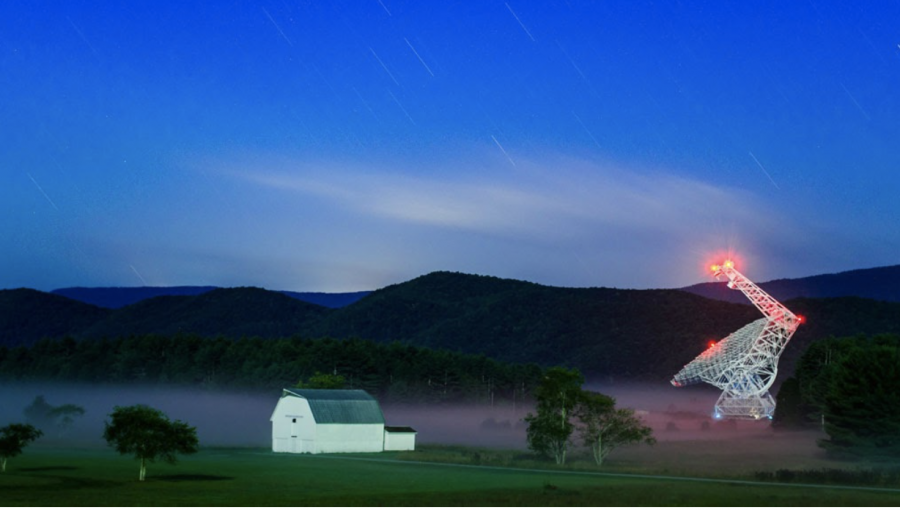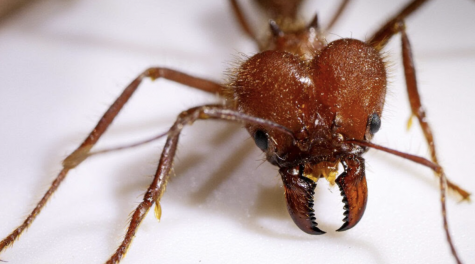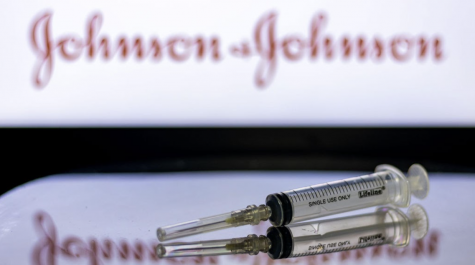Robots, Dentistry, and a Look into Life at the Beginning of the Universe
Life-Giving Molecules Found in Space after Years-Long Search
Astronomers have long believed in a hypothetical carbon-based molecule that would act as one of the key puzzle pieces to how life began in the universe. It had never been found in space, though, until now. MIT’s astrochemistry team recently reported finding the molecule, polycyclic aromatic hydrocarbon, in a cloud near the constellation Taurus. Oddly, the cloud contained 100,000 to a million times more of the molecule than had been predicted in any of the models the team had. The reason for that is, at the moment, unknown.
The discovery was reported Mar. 19, and the team plans to look into it further, trying to gain insight into the origin of life.
Tooth Freeze
It’s happened to all of us before: we go for a bite of ice cream and are met with a shock of pain from our teeth. An international team of medical scientists have just figured out why. They traced the pesky response back to ion channels that create pores in the cells that make up our teeth. Those pores are highly sensitive to temperature change of any kind, hence why hot foods can sometimes have the same effect on us. The medical team that identified the ion channels hope the discovery will lead to better remedies for sensitive teeth. Another thing they found: there are more of these ion channels in teeth with cavities. All the more reason to keep brushing and flossing.
Bridging the Uncanny Valley
A research fellow at an Edinburgh university has made strides in closing the gap between humans and robotics. By looking at studies on where people put their attention when in conversation, he found that one of the reasons we see humanesque AI robots as creepy is that their mouths don’t move the same way ours do when we talk. He used this data, studies on which muscles move the human mouth and how, and 3D printing technology to build a prototype robot that speaks a little more like we do. His work is one of the many forays into how to make robots more lifelike that are currently being conducted.
You can check out a video of his robot in action on his Twitter and judge for yourself how realistic it is.






